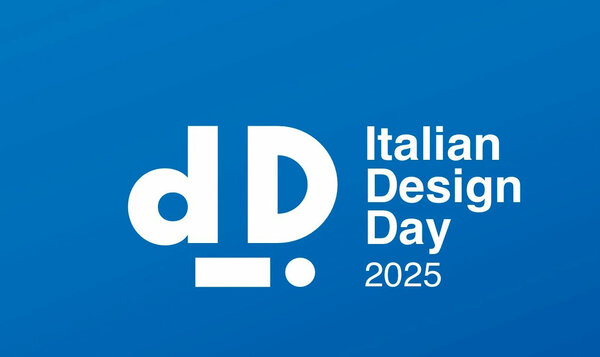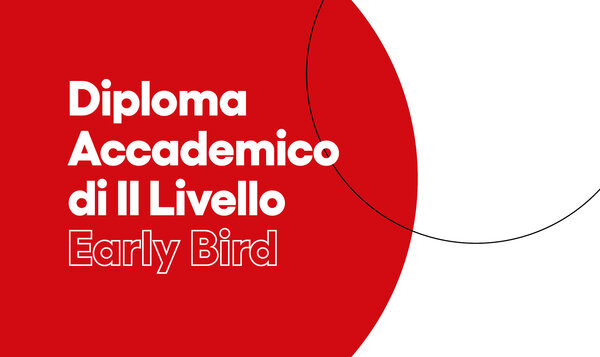IED and the University of Liverpool (UoL) in UK, the Hochschule Anhalt/DIA at the Bauhaus in Dessau/Germany, and MVADV in Rotterdam/Netherlands launched a Transdisciplinary Design Network to initiate and spearhead a leading-edge debate on emerging models of transdisciplinarity with the aim of exploring cross-sector impact pathways.

Transdisciplinary Design Network Launched
Date
07 November 2016
The symposium "Emerging Models of Transdisciplinarity Driving Business, Technology and Design Innovation" at the Design Council in London marked the creation of the new consortium.
Two days of high-level discussions on the theme of the transdisciplinary nature of design started from different sectors (automotive, industrial, fashion, architecture and technology) in order to reflect on what the new models and spheres of action of design can be today and in the future.
Speakers and case histories followed which, although addressing different specific topics, generally confirmed all the strategic strength and the great positive impact that the use of new business models based on the transdisciplinarity of design can bring. Just to name a few of the speakers who took turns: Ellie Runcie, Director of Growth and Innovation London Design Council; Xavier Blanc Baudriller, Fjord Paris; Anne Asensio, Vice President Design Dassault Systèmes Paris and Alexander Taylor, Adidas UK.
The substantial need for a comparison arised from a group of researchers - Richard Koeck (UoL), Tuba Kocaturk (UoL), Riccardo Balbo (IED), Marcel Vroom M.Sc (MVAVD) and Alfred Jacoby (DIA). The Symposium was the first real moment of international debate with the scientific and logistical involvement of the Design Council of London and Mcneel and Dassault as technical sponsors.
--
The principle idea of trans-disciplinary design thinking is that is does not focus on the development of isolated objects/solutions, but on systems.
Over the last century, we have been witnessing a radical transformation from designing objects/applications to designing systems with larger implications. We therefore believe that a more valid 21st century approach to transdiciplinary design thinking:
- does not focus on challenges/opportunities rooted in the “disciplines”, industries or sectors; (thinking from within)
- instead, offers opportunities within and outside the design industries; and requires a new way of thinking from wider societal/technical/economic/environmental and other perspectives, irrespective of current disciplinary silos.
In summary, a “trans-disciplinary” approach to innovation (regardless from which field or discipline) leads to new forms of “intersections” and “convergences” of practices, which ultimately act as catalyst to new services, economic growth (new business models) and social impact. And while Intra/Inter-disciplinary systems are primarily concerned to improve a designed “material/product/service/process”; e.g. making a product better/more valuable through better design, trans-disciplinary systems, in contrast, uses better “material/product/service/process” to create a desired impact.

Emerging Models of Trasdisciplinarity
A paradigm shift is happening in design that is not rooted in particular disciplines, sectors or industries.








